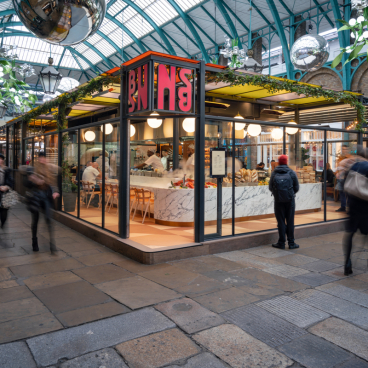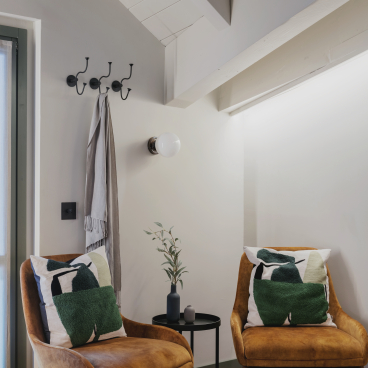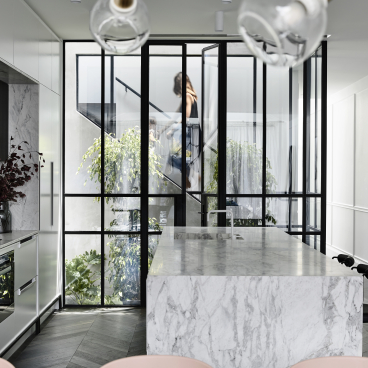Russian For Fish reinvents studio flat in a historic aircraft factory
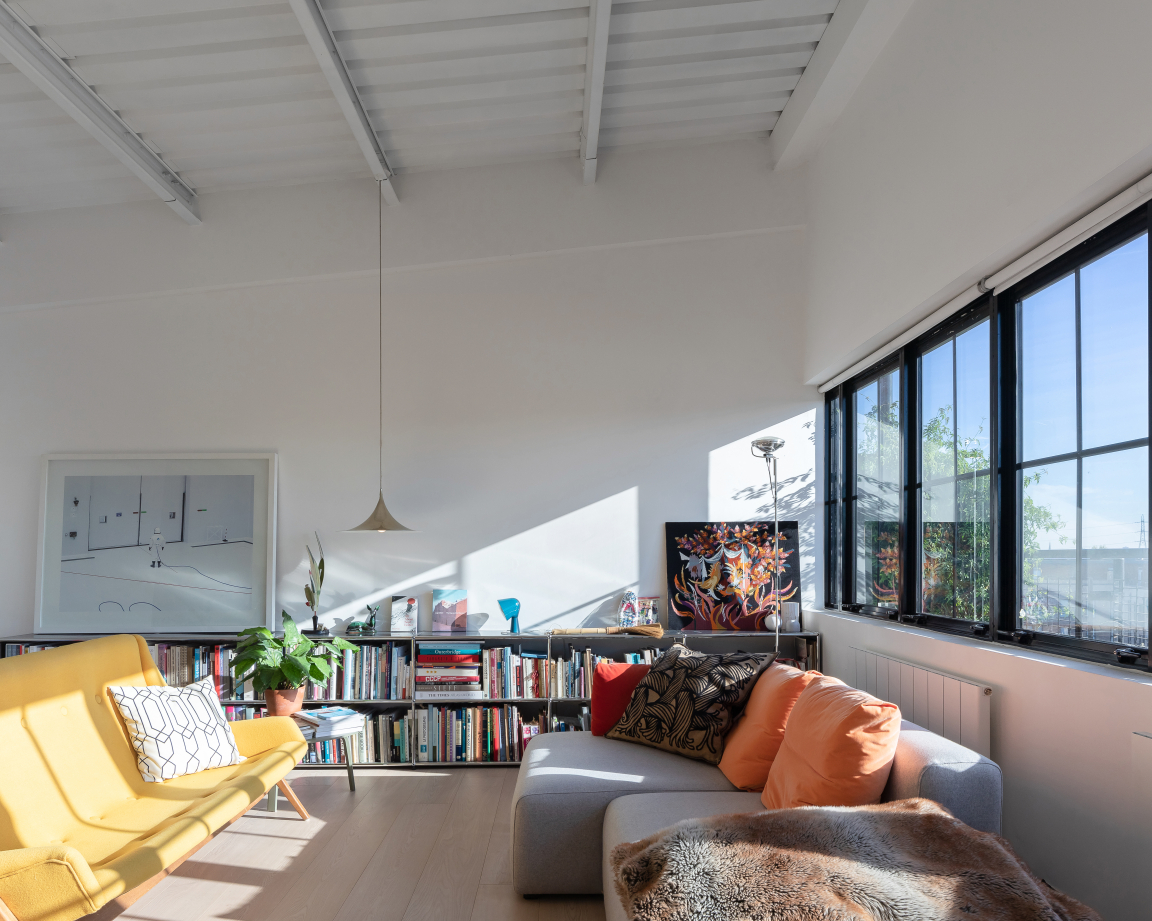
Photography by Peter Landers
In Clapton, beside the River Lea, stands a striking art deco building bearing the name ‘Dehavilland’ in vertical red lettering. In the 1940s, this was a ‘shadow factory’, producing aircraft components for use in the war effort, including parts for the Mosquito – the ‘wooden wonder’ that dominated the skies in World War II.
Today, as a superb example of the modernist architecture of the legendary engineer Sir Owen Williams, the 1930s building has become a highly sought-after London living space, its former warehouse interior transformed into a series of open, loft-style studio apartments by the award-winning developer Hollybrook.
One such unit on the top floor was acquired by a creative couple – a photographer and filmmaker – who, although they were thrilled with their home, felt that the layout could be improved.
Attracted by the architect’s reputation for delivering big impacts in small spaces, they turned to Russian For Fish in the hope of remodelling their studio to be more suited to their needs and more in tune with their personalities.
When Russian For Fish first set foot in the apartment, the bathroom was an oversized space that had to be passed in order to reach the undersized kitchen – an extremely compact room beside the sleeping area.
The challenge was to rebalance the volume of each space while ensuring a degree of privacy was retained in the bathroom area. The couple were reluctant to create an ensuite but still wanted the bathroom to ‘belong’ to the bedroom space.
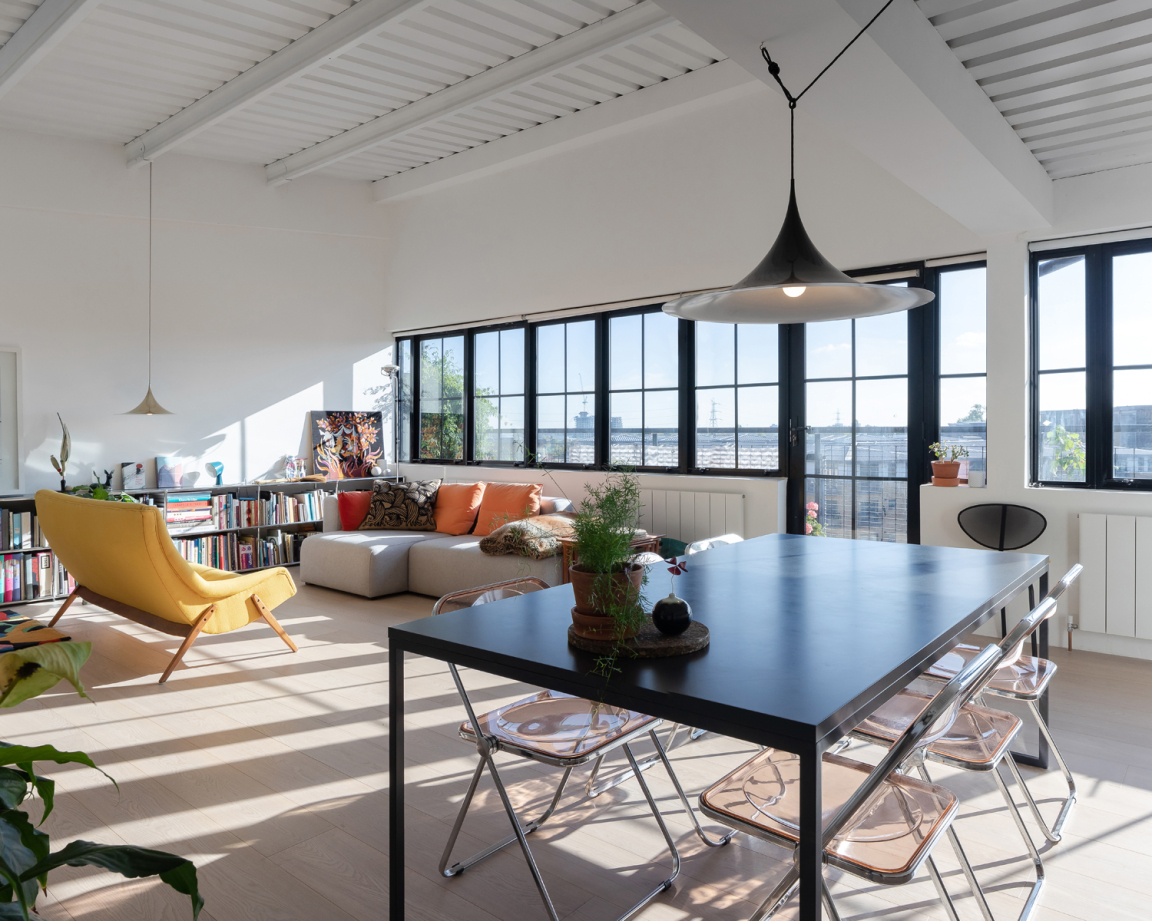
© Peter Landers
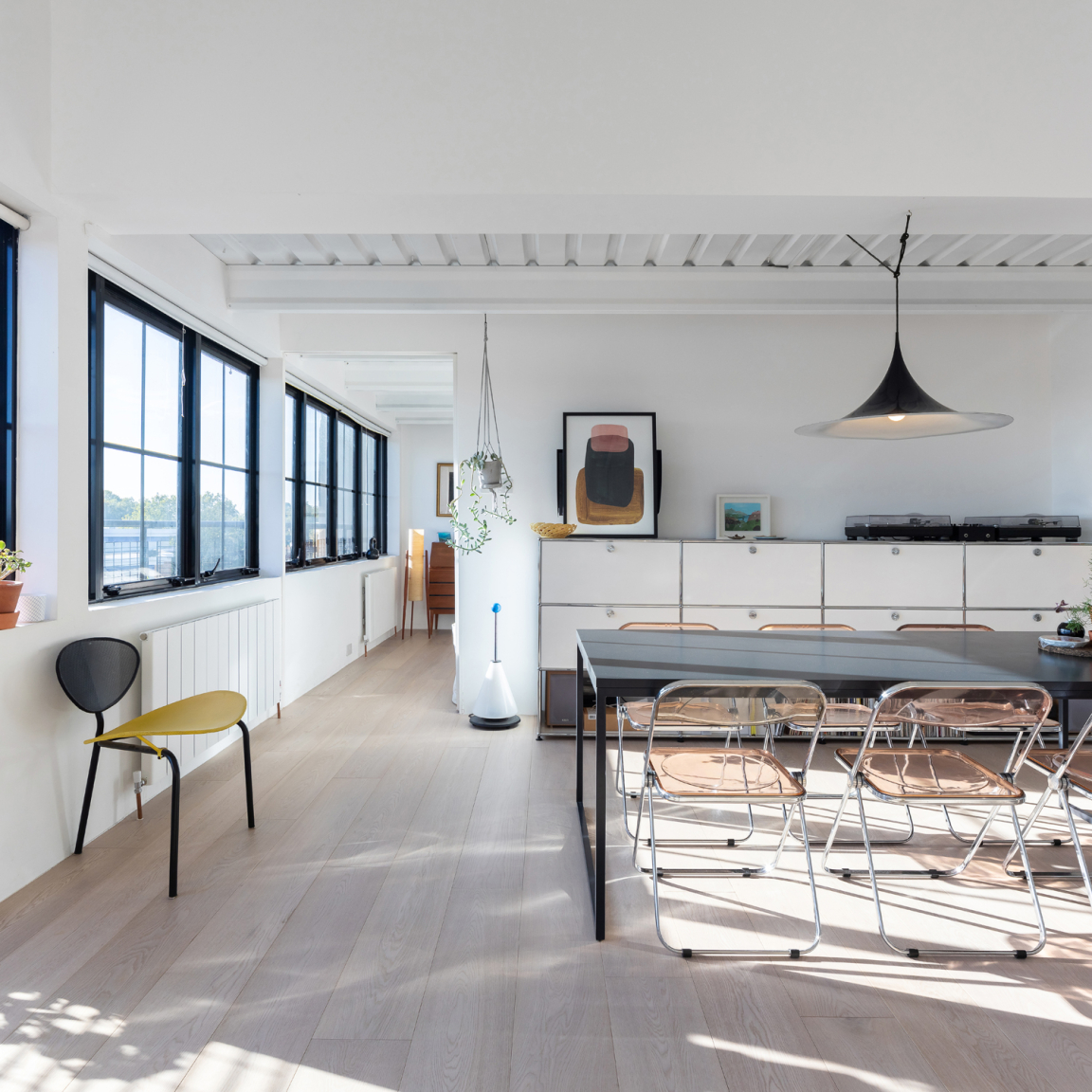
© Peter Landers
Working with a limited budget, and no possibility of conducting any structural alterations, Russian For Fish directors Pereen d’Avoine and Nilesh Shah had to find high-impact, cost-effective ways of reconfiguring the studio to suit its residents.
Using timber-stud partitions, they divided the sleeping and living space into more distinct zones, effectively turning the studio into a one-bedroom apartment. The existing bathroom was removed and replaced with a larger, open-plan island kitchen, furnished with carefully chosen off-the-shelf fixtures to keep costs down.
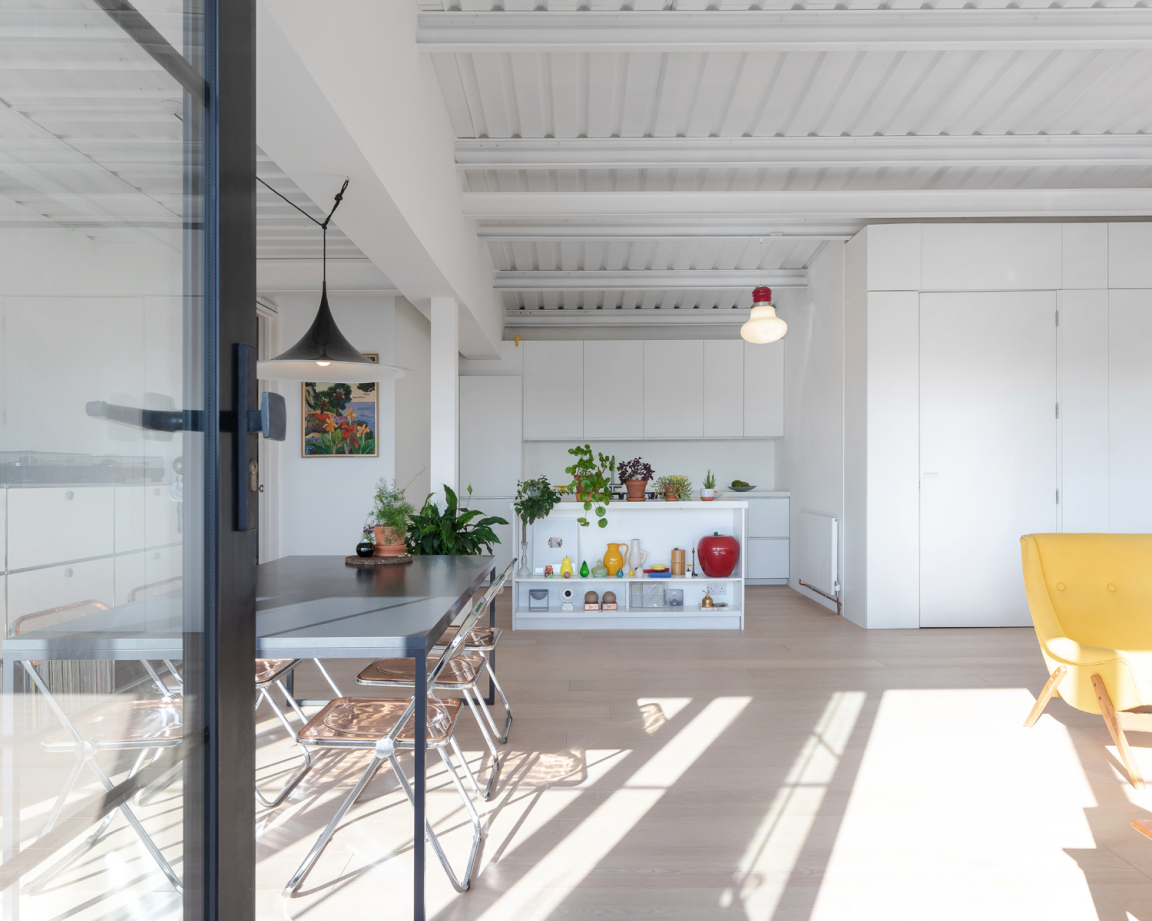
© Peter Landers
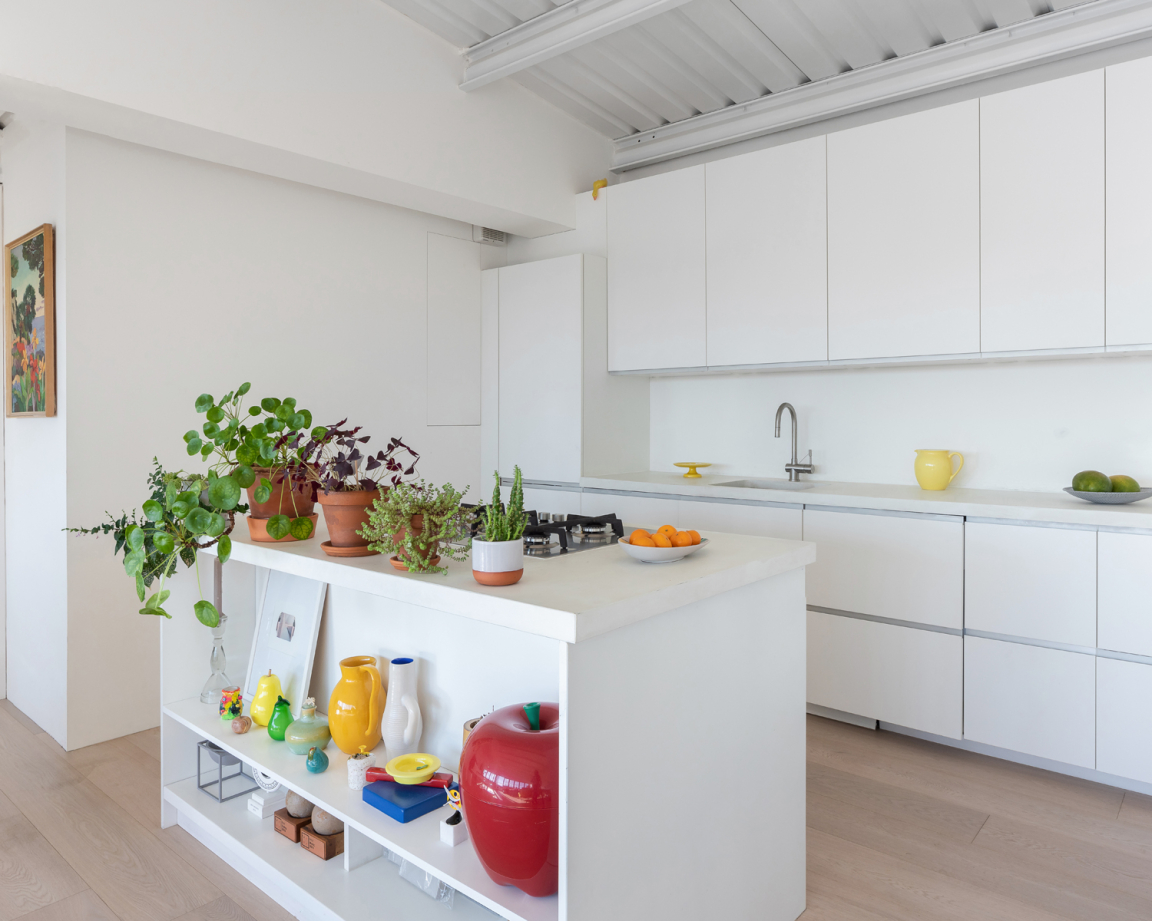
© Peter Landers
The adjacent space (previously the kitchen) was transformed into a two-section bathroom. Accessible from the living area, the WC and basin are separated from the bathing area by a sliding door, giving the room the versatility to be reconfigured as whim or privacy demand.
The bath itself became one of the most striking features of the project. Bathing was an important daily ritual for both clients, so Russian For Fish introduced a sense of ceremony to the process by creating a tiled plinth with a sunken bathtub, accessed via a step. Easily closed off from the surrounding apartment, this ‘bathing alcove’ thus becomes a sanctuary within the space.
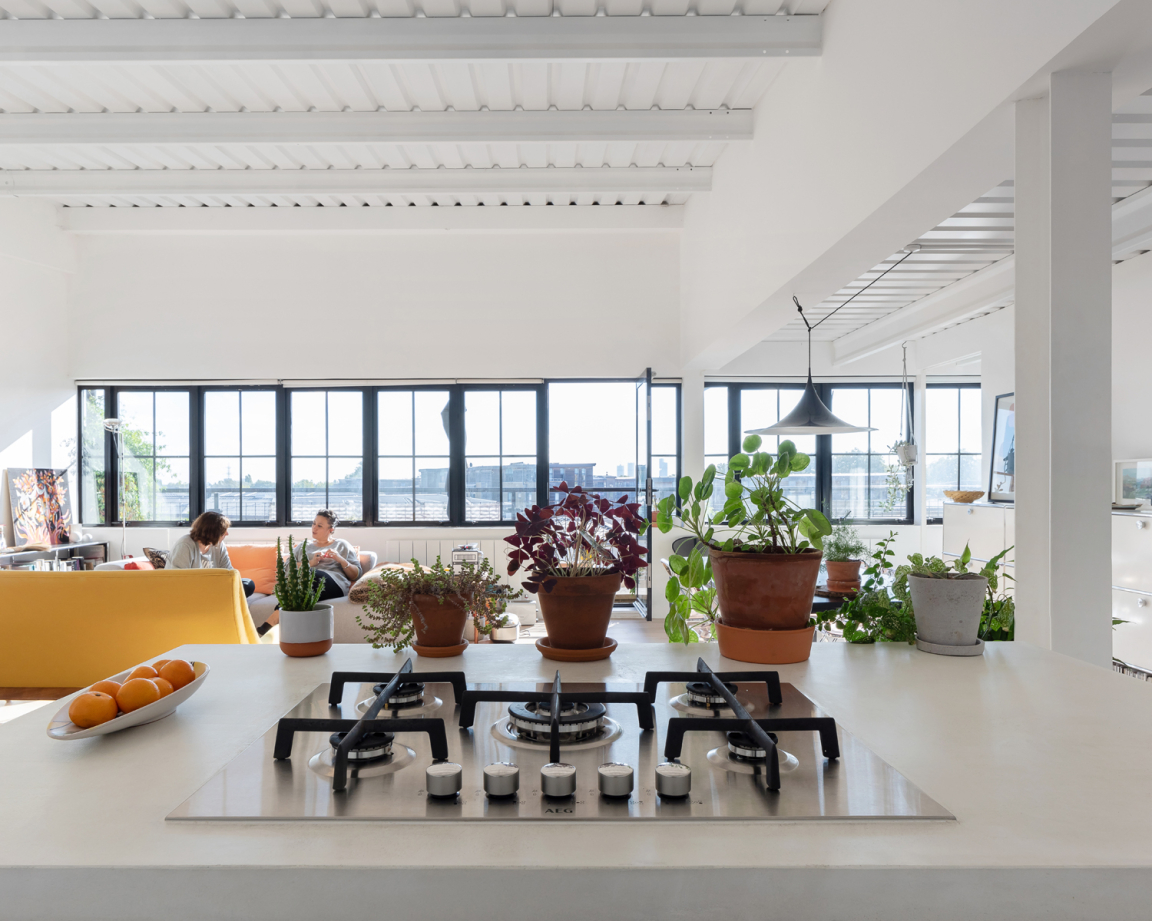
© Peter Landers
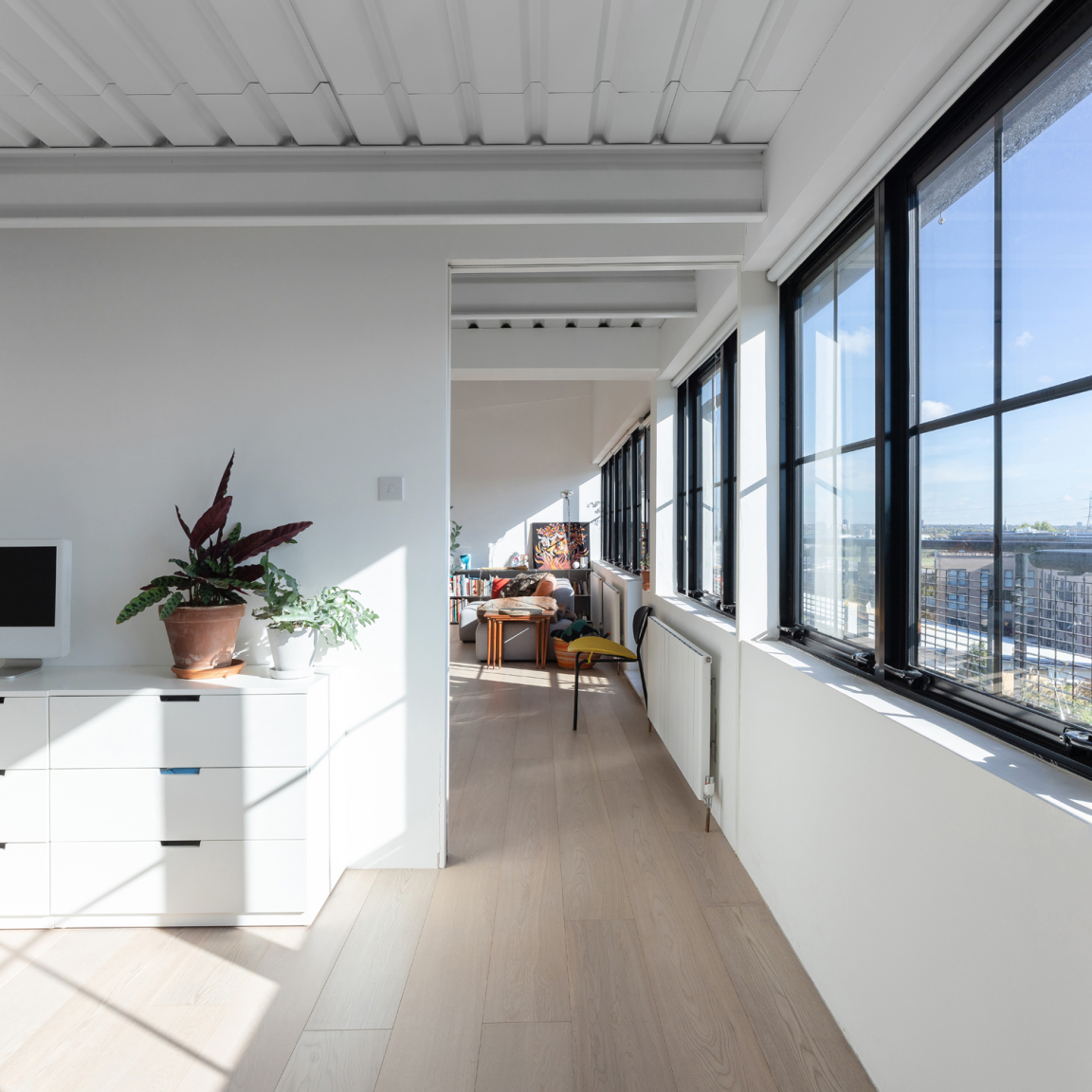
© Peter Landers
"Dehavilland was a great project to work on – not least because it allowed us to establish a longstanding relationship with the owners, whose ambition for the project we totally fell in love with," says Pereen d’Avoine, founder of Russian For Fish.
"We knew from the outset that construction would span a number of phases, but being involved from the start enabled us to masterplan the flat appropriately, eliminating any abortive work during the early phases and ensuring that it responded to the client's needs even in its “incomplete” state."
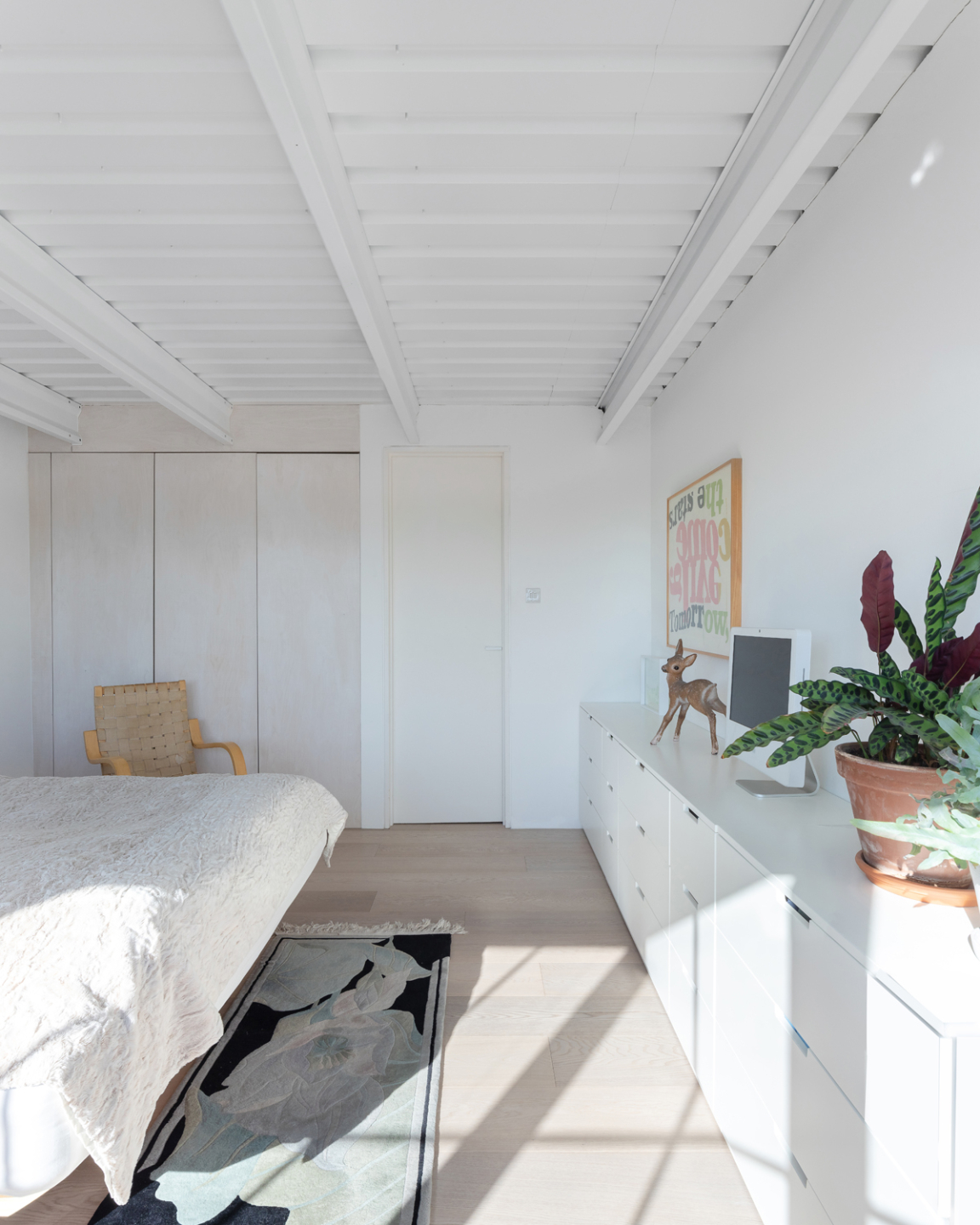
© Peter Landers
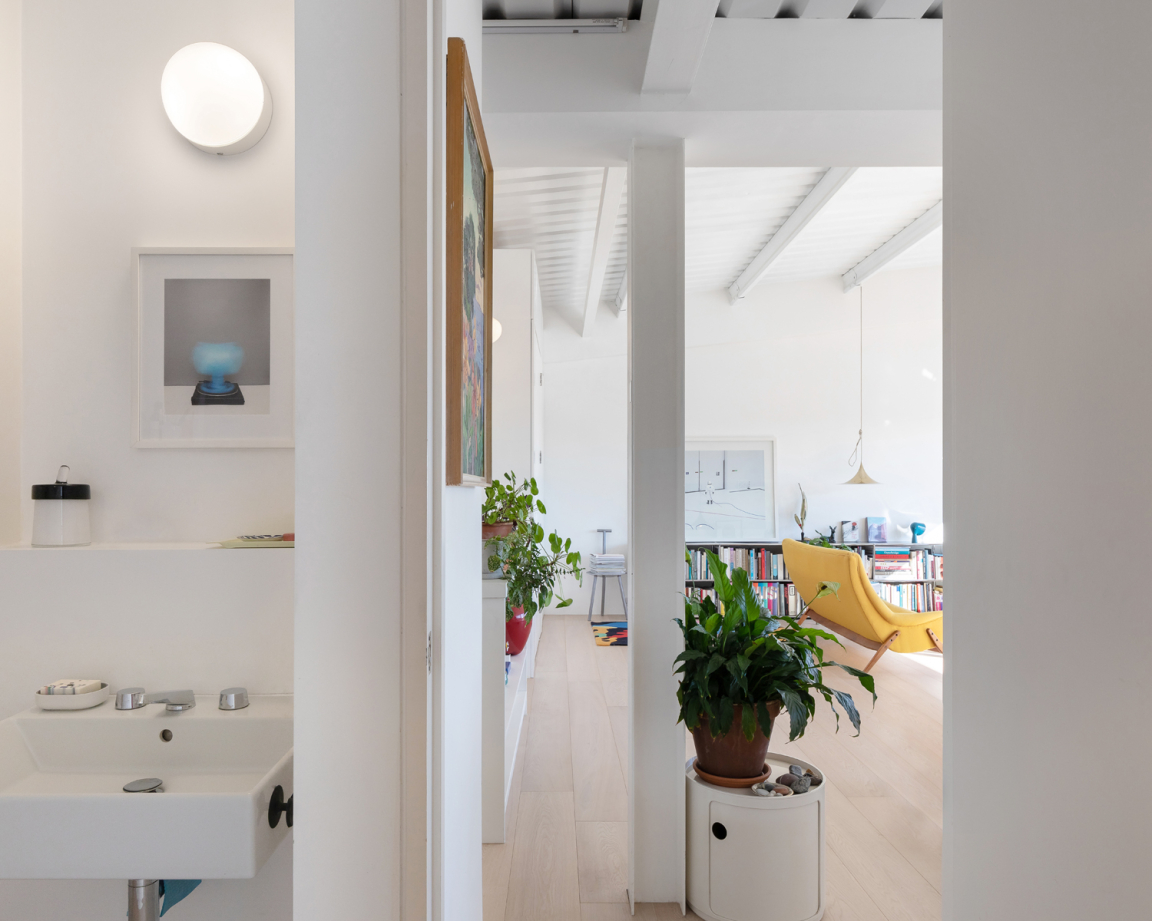
© Peter Landers
The note of serenity struck by the bathroom rings throughout the wider apartment. Pared-back modern simplicity underpins the look and feel of the entire apartment.
The aesthetic is clean-lined and strongly geometric (spherical wall lamps are the only curved surfaces to be found), with a striking all-white colour palette softened and given character by the warm-toned floor and the coloured accents introduced by the owners’ furniture and artworks.
With sunlight streaming in through windows running the length of the apartment, the impression is of a serene contemporary retreat high up in the clouds, with an industrial touch befitting the building’s remarkable heritage.



